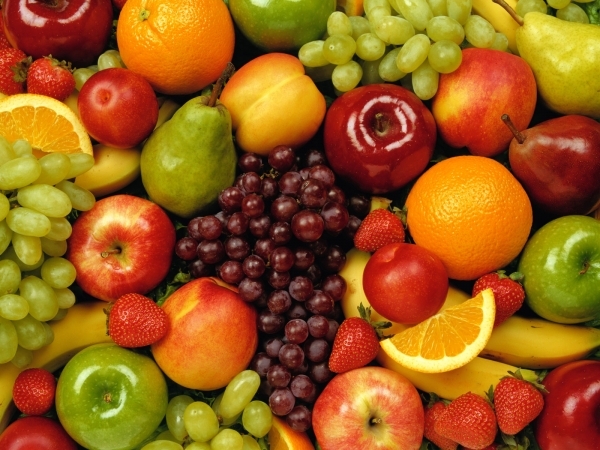UNITED STATES—Many of us are well aware of the banana, but not too many people are fond of the plantain. The key difference between the two is that a banana is more commonly eaten without being cooked, whereas plantains are starchy and have to be cooked. The plantain also appears larger in size.
This fruit is popular in Africa and South America, where it’s available year round. Color is an important thing to pay attention to when picking plantains as well. A greenish plantain means the pulp is quite starch and it will be near impossible to take of the peel without cutting it. A mature yellow plantain could be eaten raw, but provides more a pack when cooked as the fruit caramelizes to provide great texture to the fruit and taste.
Plantains are high in calories, but a loaded source of potassium for the body. It has a hefty dosage of Vitamin A, Vitamin C, folate, magnesium and phosphorous. This is one fruit that has a bit of an edge as it can be utilized in both sweet and savory dishes. In South America, its very popular in soups and stews, where as in the United States its more commonly cooked on the grill and meshes well with black beans, and seafood dishes. If you love banana chips, you will go bonkers for plantain chips which also provide that same crunch and sweetness that so many adore.
If you’re looking to put your own spin on plantain chips, take a note from how the dish is prepared in parts of India that utilizes coconut oil, and seasoning to amplify the snack. In my opinion, instead of using good ole salt, try some cayenne pepper and sprinkles of sugar to deliver a one, two punch.






